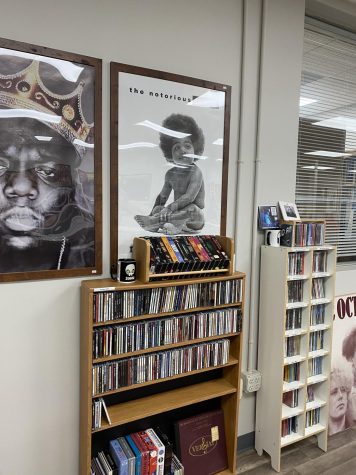Screenless Displays: The Real Life Holograms
January 4, 2022
Technology has been advancing rapidly, and with it a lot of things never before thought possible. One of these things is screenless displays, or more commonly called, holograms. Seemingly ripped straight out of a science fiction movie, holograms are much closer to becoming a reality than you think. Revolutionary new concepts are now a possibility like for instance, imagine wanting an ocean-view home built into the side of a mountain. Before, planning such a structure would be a tedious and grueling process trying to understand the depth of such a construction using mere paper, but now through the use of holograms, the architect can render a complete image of the home prior to construction. This is simply one example of the various uses of holograms, and there are actually multiple different ways this might come to be, but by far the most beneficial and promising being visual image display.
Visual image display is most similar to holograms in movies like “Star Wars” where a user projects a 360˚ image and then can manipulate and move the image around. According to the online tech journal Elprocus, this technology uses laser and light to achieve this effect. “A 3D image will be projected and appears to be floating in the air whenever the laser and object beams overlap with each other.” Visual image display is going to be most helpful for projections that aren’t achievable otherwise in normal screen based displays. These images can have countless benefits in architecture, engineering and much more. Imagine being a mechanic, for example, and being able to turn on a projection of a sophisticated engine that needs delicate repair and identifying the area in only seconds. Through the use of Helium Neon Lasers, this reality is possible. High-resolution images and videos can be displayed without the need for any extraneous equipment. The images are created whenever the projector beams overlap creating a fully interactive 3D rendering.

The primary advantages of visual image displays instead of using an ordinary screen are in object manipulation. With visual image displays, anything can be created to scale. Multiple bitmaps of images are overlaid together to produce the collective model. One of the first examples included the infamous 2012 Coachella Valley Music and Arts Festival at the Empire Polo Field in Indio, California. An example of when this has actually been utilized includes the infamous Coachella music concert in California where a deceased 2Pac took the stage and stunned thousands. It was common knowledge he had died in 1996, yet he was standing before this very crowd. However, what was seen was actually, in fact, a live hologram projected in honor of the rapper’s legacy.
Additionally, although in a lab, a team at Brigham Young University in 2018 created a true hologram basically identical to that that can be seen in the Star Wars movies nearly four decades earlier. In fact, Maria-Isabella Neverovich of HYPERVSN industries said, “the ‘Star Wars’ world isn’t quite here yet, but the technology is real.” They essentially used a laser to trap minuscule particles to create a 3D image that can fully move in any direction necessary. However, this method is restricted to labs only at this point since the high-powered lasers are inherently dangerous and can result in serious burns if proper precautions are not taken.

Ultimately, regardless of the type of hologram or how it is created, it’s without a doubt that the technology the world has to offer is jumping extraordinary leaps and bounds everyday. It’ll be truly amazing to see where the future takes us.










